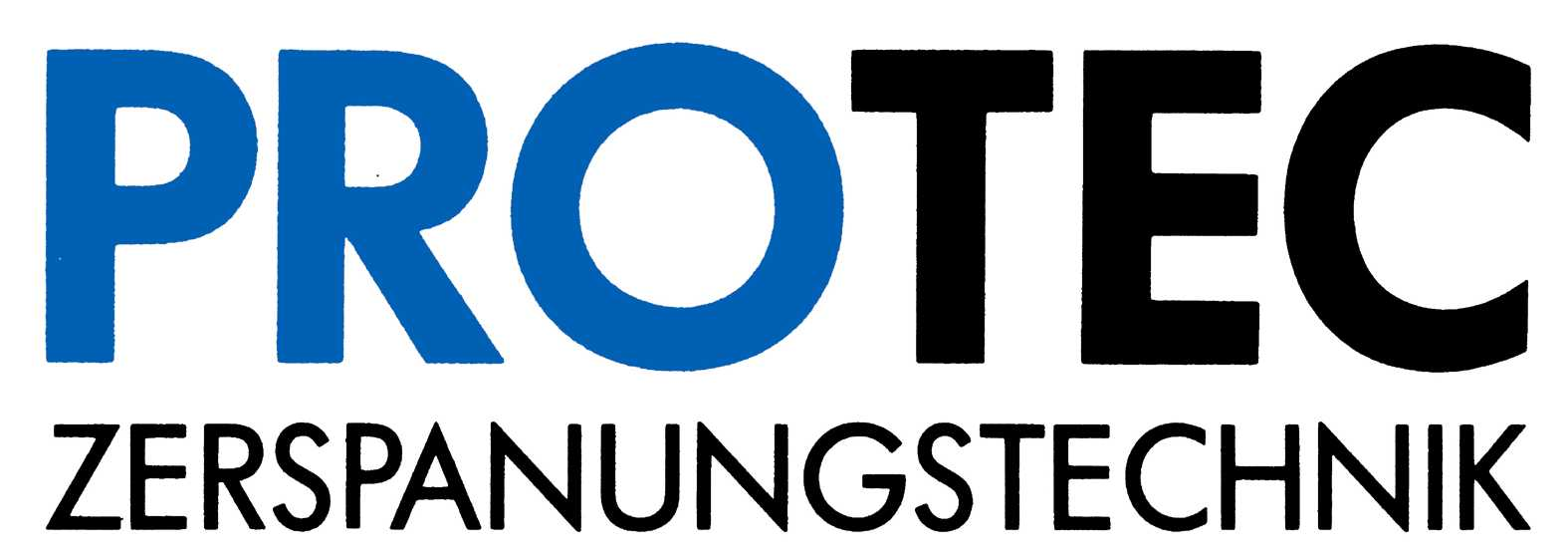Component assembly in the machining sector
PROTEC GMBH Zerspanungstechnik
77716-D Haslach im Kinzigtal
12 Schleifmattstr.
+49 7832 7090
+49 7832 70950
Component assembly in the machining sector
Anfrage an Anbieter senden
-
Part Machining:
- Begin by machining individual components according to design specifications. This involves using various machining processes such as turning, milling, drilling, or grinding to create the required features and tolerances.
-
Quality Inspection:
- Perform quality inspections on machined components to ensure they meet design specifications. Use precision measuring instruments such as calipers, micrometers, and gauges to check critical dimensions and tolerances.
-
Cleaning and Deburring:
- Clean machined parts to remove any cutting fluids, chips, or contaminants. Additionally, perform deburring operations to remove sharp edges or burrs left from machining processes.
-
Assembly Planning:
- Develop a detailed assembly plan that outlines the sequence of assembly steps, required tools, and any specific procedures. Consider factors such as part orientation, fastening methods, and potential challenges in the assembly process.
-
Assembly Tools and Fixtures:
- Prepare assembly tools and fixtures needed for the assembly process. This may include torque wrenches, screwdrivers, press-fit tools, or custom fixtures designed to aid in the assembly of specific components.
-
Fastening Methods:
- Select appropriate fastening methods based on the design requirements. This may involve using screws, bolts, nuts, adhesives, press fits, or other joining techniques. Ensure that fasteners are tightened to the specified torque values.
-
Adhesives and Sealants:
- If necessary, apply adhesives or sealants to enhance the bond between components. Ensure that the selected adhesives are compatible with the materials being assembled and provide the required strength.
-
Press-Fit Operations:
- Perform press-fit operations carefully to avoid damaging machined surfaces. Use hydraulic or mechanical presses with controlled force to achieve the desired fits.
-
Sub-Assembly Checks:
- Verify the correctness of sub-assemblies before proceeding to the next assembly stage. Confirm that each sub-assembly meets quality standards and aligns with the overall assembly plan.
-
Final Assembly:
- Bring together sub-assemblies and individual components to complete the final assembly. Follow the assembly plan meticulously, ensuring that each component is correctly positioned and secured.
-
Functional Testing:
- Conduct functional testing to verify that the assembled product meets performance requirements. This may involve mechanical testing, electrical testing, or other functional tests depending on the nature of the product.
-
Quality Assurance:
- Implement quality assurance measures throughout the assembly process. Inspect critical dimensions, conduct visual inspections, and ensure that the assembled product aligns with the specified tolerances.
-
Documentation:
- Maintain detailed documentation throughout the assembly process. Document any deviations, adjustments, or issues encountered during assembly. This documentation is valuable for quality control and continuous improvement.
-
Packaging and Shipping:
- Once the final assembly is complete and the product has passed all quality checks, proceed with packaging and shipping. Ensure that the product is securely packaged to prevent damage during transit.
-
Continuous Improvement:
- Gather feedback from the assembly process to identify areas for improvement. Implement continuous improvement measures to optimize assembly efficiency, reduce errors, and enhance overall product quality.
Gridding
Turning
Milling



